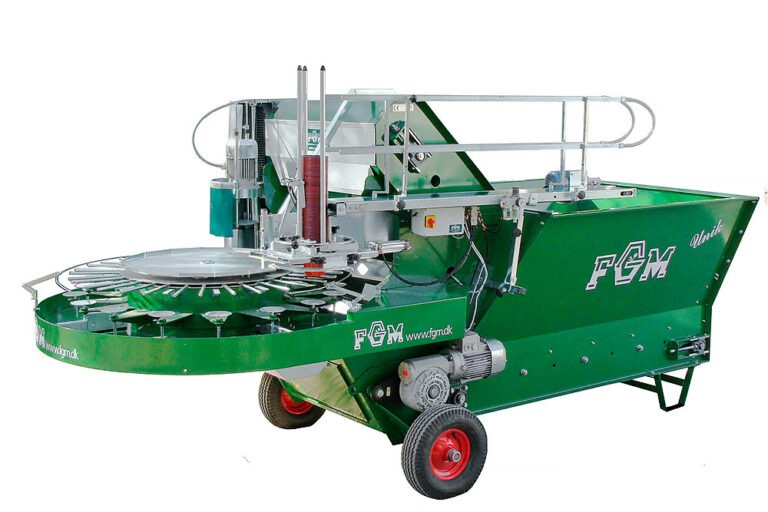Greenhouse Tools and Machinery: A Comprehensive Guide for Rural Living and Homesteading
Whether you are a seasoned farmer or just starting your journey into rural living and homesteading, having the right tools and machinery in your greenhouse is essential for success. Greenhouses offer a controlled environment that allows you to grow a wide variety of plants throughout the year, but they also require specific equipment to ensure optimal growth and productivity. In this comprehensive guide, we will explore the various types of greenhouse tools and machinery that can help you maximize your yields and make your gardening tasks easier.
1. Ventilation Systems:
One of the most critical aspects of greenhouse management is maintaining proper airflow and temperature control. Ventilation systems play a vital role in regulating these factors. There are several options available:
a) Exhaust Fans: These fans are installed on one end or side of the greenhouse to expel stale air while drawing fresh air from outside. They help regulate temperature, humidity, and carbon dioxide levels.
b) Louver Windows: These windows provide natural ventilation by opening automatically when temperatures inside reach a certain threshold. They work alongside exhaust fans to optimize airflow.
c) Circulation Fans: To ensure consistent air movement within the greenhouse, circulation fans are used strategically to prevent stagnant pockets where diseases or mold may thrive.
2. Heating Systems:
Maintaining an appropriate temperature in your greenhouse is crucial for plant health, especially during colder months or in regions with harsh winters. Here are some common heating systems used:
a) Radiant Heaters: These heaters emit infrared radiation that heats objects directly rather than warming up the surrounding air. They offer efficient heat distribution without drying out plants’ foliage.
b) Forced Air Heaters: These heaters blow hot air into the greenhouse using ducts connected to a central unit or individual units placed strategically throughout the space.
c) Geothermal Heating: This sustainable option utilizes heat stored beneath the earth’s surface through geothermal pipes. It provides a cost-effective and environmentally friendly heating solution.
3. Irrigation Systems:
Proper watering is essential for healthy plant growth, but it can be time-consuming and challenging to manage manually in a greenhouse setting. Installing an irrigation system can alleviate this burden while ensuring precise and consistent moisture levels.
a) Drip Irrigation: This system delivers water directly to the roots of plants, minimizing wastage and reducing the risk of diseases caused by excessive moisture on foliage.
b) Sprinkler Systems: These systems simulate rainfall by distributing water through sprinkler heads suspended from above. They are suitable for larger greenhouses or when overhead watering is preferred.
c) Capillary Mats: These mats absorb water from a reservoir beneath them and provide a continuous supply of moisture to potted plants placed on top. They are especially useful for seedlings or small container gardens.
4. Lighting Systems:
Greenhouse lighting plays a crucial role in supplementing natural sunlight, extending growing seasons, and promoting optimal plant development. Here are some common options:
a) High-Pressure Sodium (HPS) Lamps: HPS lamps emit light in the red-orange spectrum, which promotes flowering and fruiting stages. They are energy-efficient and commonly used for supplemental lighting.
b) Light-Emitting Diodes (LEDs): LEDs offer significant advantages such as energy efficiency, long lifespan, adjustable spectra tailored to specific plant needs, low heat emission, and compact design – making them ideal for small-scale operations or where space is limited.
c) Fluorescent Lights: Fluorescent lights are affordable options that work well for starting seeds or providing additional light during darker months. However, they have lower intensity compared to HPS or LED lights.
5. Benches & Shelving:
Utilizing space efficiently within your greenhouse is crucial regardless of its size. Benches and shelving provide surfaces for organizing tools, storing supplies like pots or trays, and elevating plants for better accessibility and air circulation.
a) Potting Benches: These sturdy workstations provide a convenient surface for transplanting, potting, or maintaining your plants. They typically include storage shelves or drawers underneath.
b) Rolling Carts: Mobile carts or trolleys are excellent options for maneuverability within the greenhouse. They allow you to transport heavy items, such as bags of soil or pots filled with plants, with ease.
c) Hanging Baskets & Shelves: Hanging baskets and shelves maximize vertical space by suspending plant containers from above. This is particularly useful when growing vining crops like tomatoes or cucumbers.
In conclusion, having the right tools and machinery in your greenhouse is essential for successful rural living and homesteading. From ventilation systems to irrigation setups, heating solutions to lighting options, each component plays a crucial role in creating an optimal environment for your plants’ growth. By understanding these tools and their functionalities, you can make informed choices that will help you achieve higher yields while minimizing effort and maximizing efficiency in your greenhouse endeavors.


Leave a comment